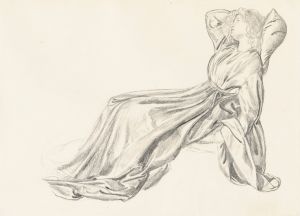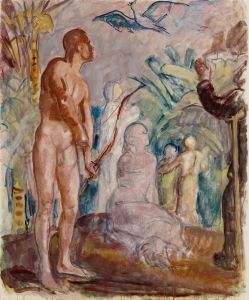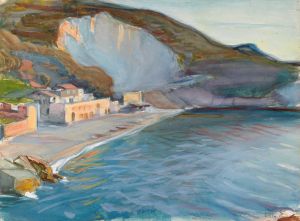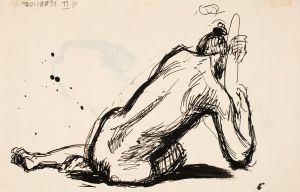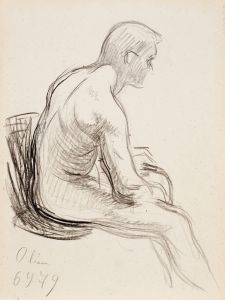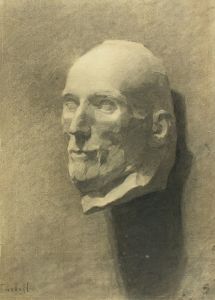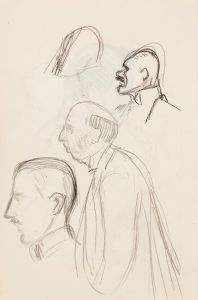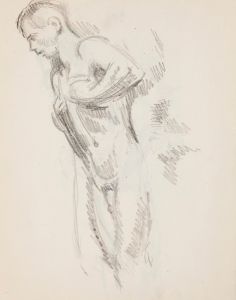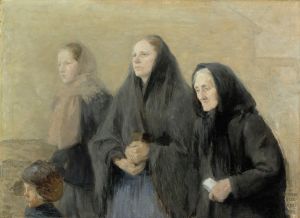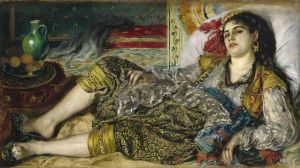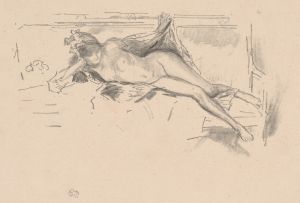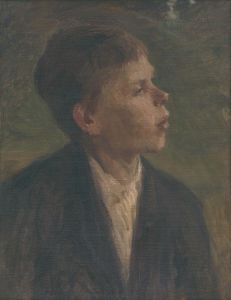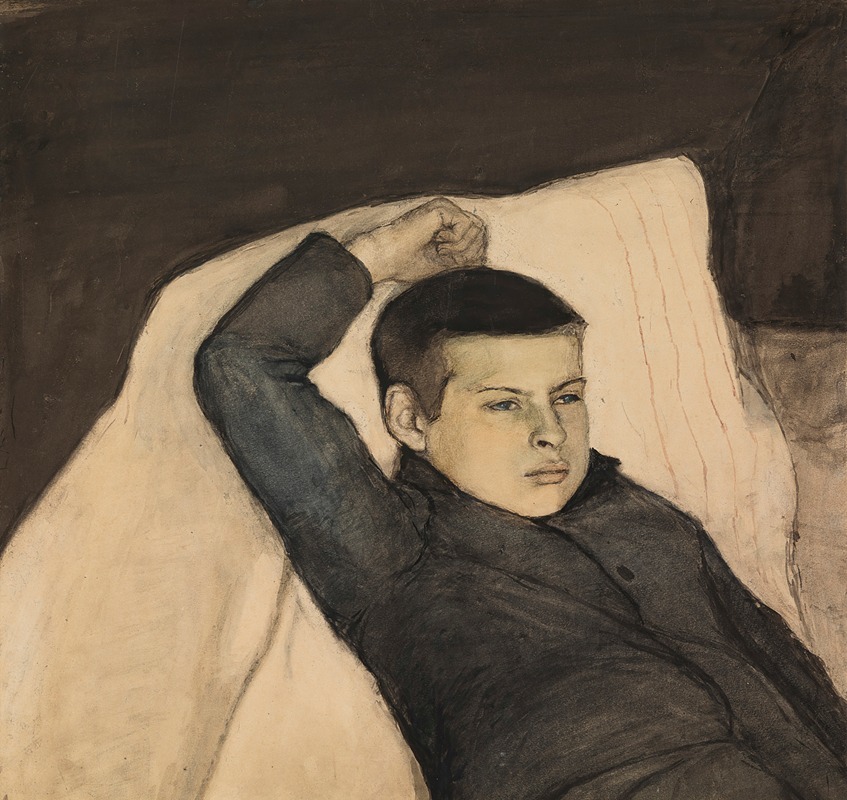
Reclining Boy
A hand-painted replica of Magnus Enckell’s masterpiece Reclining Boy, meticulously crafted by professional artists to capture the true essence of the original. Each piece is created with museum-quality canvas and rare mineral pigments, carefully painted by experienced artists with delicate brushstrokes and rich, layered colors to perfectly recreate the texture of the original artwork. Unlike machine-printed reproductions, this hand-painted version brings the painting to life, infused with the artist’s emotions and skill in every stroke. Whether for personal collection or home decoration, it instantly elevates the artistic atmosphere of any space.
Magnus Enckell's Reclining Boy is a painting created by the Finnish symbolist artist Magnus Enckell (1870–1925). Enckell is widely regarded as one of the most significant figures in Finnish art during the late 19th and early 20th centuries, known for his contributions to Symbolism and his exploration of themes such as youth, beauty, and introspection.
Reclining Boy exemplifies Enckell's interest in the human figure, particularly the male form, which he often depicted with a sense of idealized beauty and emotional depth. The painting portrays a young male figure reclining in a relaxed pose, rendered with soft, muted tones and a focus on the interplay of light and shadow. The composition reflects Enckell's characteristic sensitivity to form and his ability to convey a contemplative mood through simplicity and restraint.
Enckell's early works, including Reclining Boy, were influenced by Symbolism, a movement that sought to express ideas and emotions through symbolic imagery and often emphasized themes of spirituality, mortality, and the inner world. His approach to the human figure was also shaped by his studies in Paris, where he was exposed to the works of artists such as Pierre Puvis de Chavannes and the broader Symbolist movement.
The exact date of Reclining Boy is not definitively documented, but it is generally associated with Enckell's early career, during which he produced a number of works focusing on solitary figures in meditative or dreamlike states. This period marked a departure from the more academic style of his training and a move toward a more personal and expressive artistic language.
Magnus Enckell's work, including Reclining Boy, has been celebrated for its ability to capture the vulnerability and introspection of his subjects. His art played a significant role in the development of modern Finnish art, bridging the transition from 19th-century academic traditions to the more experimental and expressive approaches of the 20th century.
Today, Reclining Boy is recognized as an important example of Enckell's oeuvre and his contribution to Symbolist art. The painting is held in a public or private collection, though specific details about its current location or exhibition history are not widely documented.





